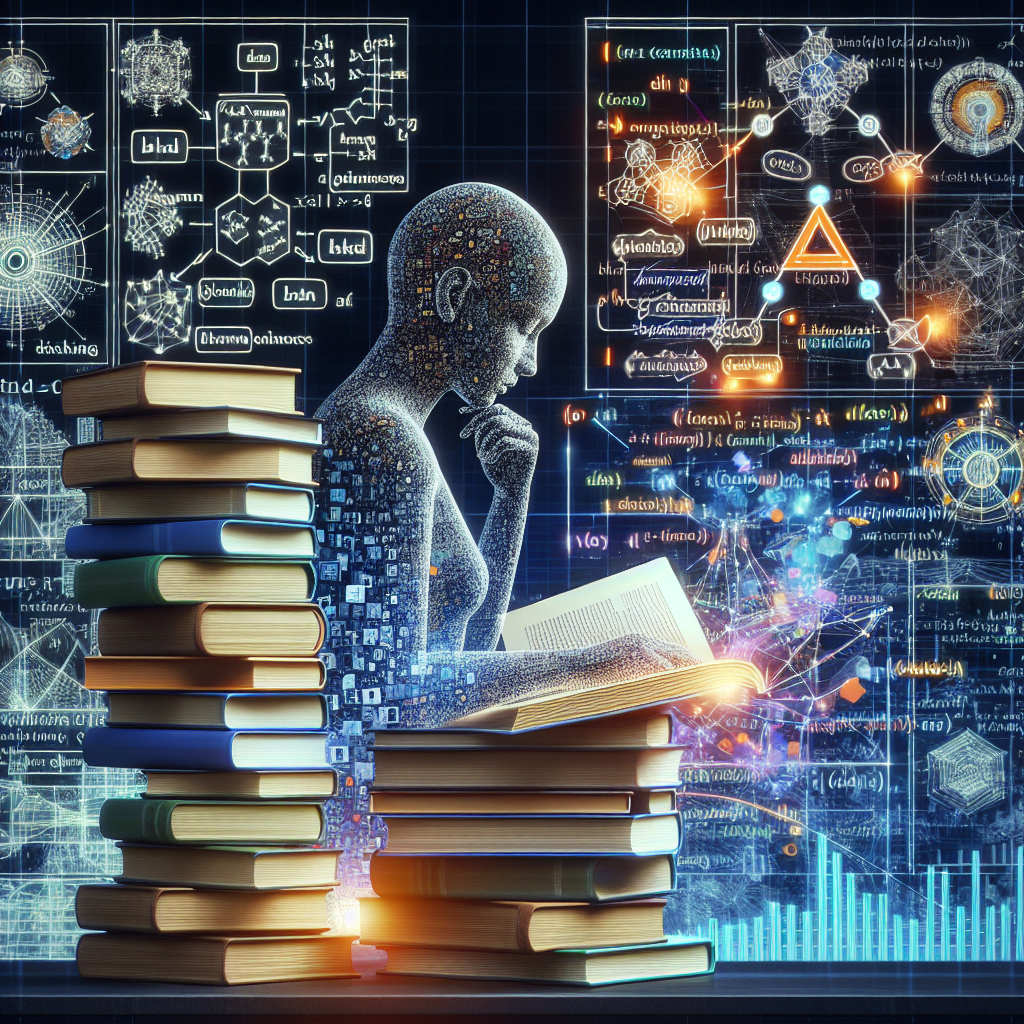Deep learning has rapidly become one of the most popular and powerful techniques in the field of machine learning. With its ability to automatically learn representations from large amounts of data, deep learning has enabled breakthroughs in various domains such as computer vision, natural language processing, and speech recognition. If you are interested in mastering deep learning and building advanced machine learning systems, this step-by-step guide will help you get started.
Step 1: Understand the Basics of Deep Learning
Before diving into advanced topics, it is important to have a solid understanding of the basics of deep learning. This includes concepts such as neural networks, activation functions, optimization algorithms, and loss functions. There are many online resources available, such as tutorials, courses, and books, that can help you grasp these fundamental concepts.
Step 2: Choose a Deep Learning Framework
There are several deep learning frameworks available, such as TensorFlow, PyTorch, and Keras. Each framework has its own strengths and weaknesses, so it is important to choose one that suits your needs and preferences. TensorFlow, for example, is known for its scalability and performance, while PyTorch is praised for its flexibility and ease of use.
Step 3: Build and Train Your First Neural Network
Once you have chosen a deep learning framework, the next step is to build and train your first neural network. Start with a simple model, such as a feedforward neural network, and train it on a small dataset to get a feel for the training process. Experiment with different hyperparameters, such as learning rate and batch size, to see how they affect the model’s performance.
Step 4: Explore Advanced Deep Learning Techniques
After mastering the basics, you can start exploring more advanced deep learning techniques. This includes convolutional neural networks (CNNs) for image recognition, recurrent neural networks (RNNs) for sequential data, and generative adversarial networks (GANs) for generating realistic images. Each of these techniques has its own set of applications and challenges, so it is important to familiarize yourself with them.
Step 5: Fine-Tune Your Models
Once you have built and trained your models, it is important to fine-tune them to improve their performance. This involves tweaking the model architecture, hyperparameters, and training process to achieve better results. Experiment with different regularization techniques, such as dropout and batch normalization, to prevent overfitting and improve generalization.
Step 6: Deploy Your Models
Finally, once you have developed a deep learning model that meets your requirements, you can deploy it in a production environment. This involves optimizing the model for inference, integrating it with your application, and monitoring its performance in real-world scenarios. Consider using cloud services, such as AWS or Google Cloud, to scale your models and handle large amounts of data.
By following this step-by-step guide, you can master deep learning and build advanced machine learning systems that can tackle complex problems and drive innovation in various industries. With dedication, practice, and continuous learning, you can become a proficient deep learning practitioner and contribute to the advancement of artificial intelligence.
#Mastering #Deep #Learning #StepbyStep #Guide #Building #Advanced #Machine #Learning #Systems,understanding deep learning: building machine learning systems with pytorch
and tensorflow: from neural networks (cnn


Leave a Reply